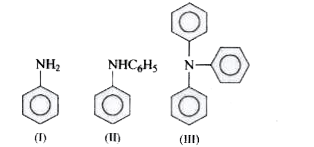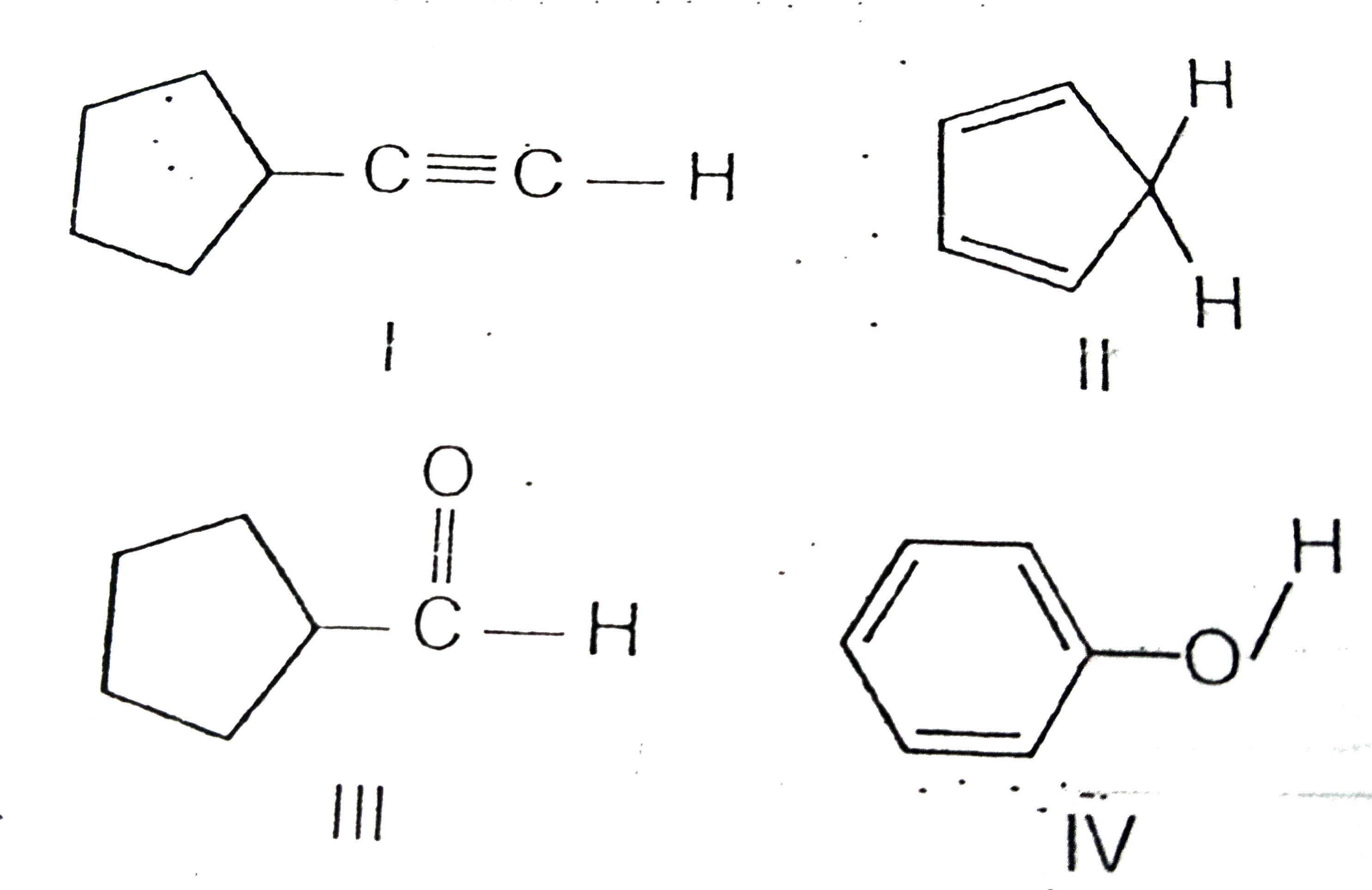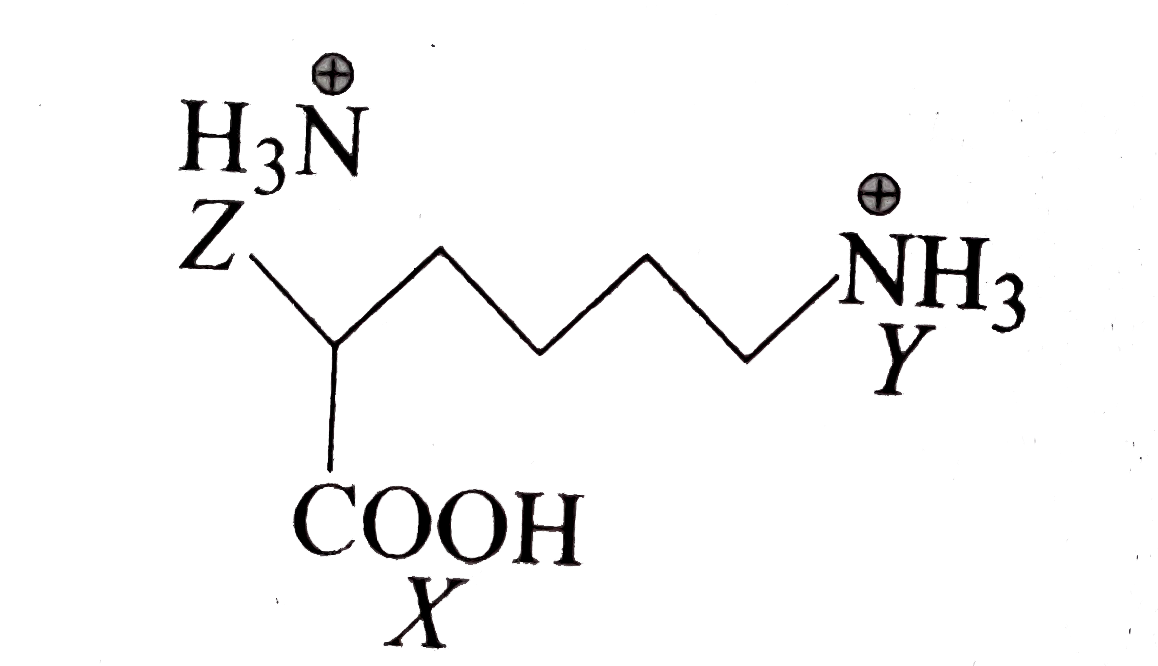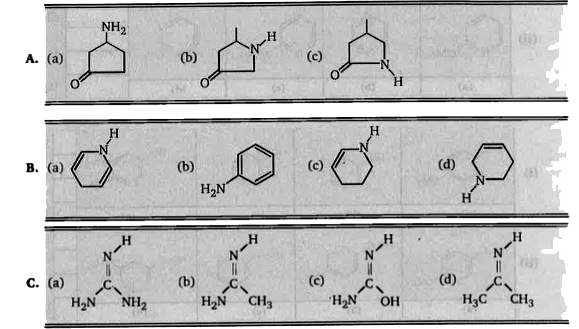Arrange LiOH, NaOH, KOH, RbOH and CSOH in the increasing order of basic strength and give an adequate explanation for the same.
To arrange LiOH, NaOH, KOH, RbOH, and CsOH in increasing order of basic strength, we need to understand how the basic strength of these alkali metal hydroxides changes as we move down the group in the periodic table.
1. Understanding Basic Strength: Basic strength refers to the ability of a compound to donate hydroxide ions (OH⁻) in solution. The more readily a compound can release OH⁻ ions, the stronger the base.
2. Group Trend in Alkali Metals: As we move down the group from lithium (Li) to cesium (Cs), the size of the alkali metal ions increases. This increase in size affects the bond between the metal ion and the hydroxide ion (OH⁻).
3. Bonding Characteristics: The bond between the alkali metal and the hydroxide ion becomes weaker as the size of the metal ion increases. This is because larger metal ions have a lower charge density, which leads to a weaker attraction to the hydroxide ion.
4. Increasing Basicity: Since the bond between the metal and hydroxide becomes weaker down the group, it becomes easier for the hydroxide ion to dissociate. Therefore, the basic strength increases in the order of the alkali metals:
- LiOH (lithium hydroxide) - weakest
- NaOH (sodium hydroxide)
- KOH (potassium hydroxide)
- RbOH (rubidium hydroxide)
- CsOH (cesium hydroxide) - strongest
5. Final Arrangement: Based on the above reasoning, the increasing order of basic strength is:
- LiOH < NaOH < KOH < RbOH < CsOH
Conclusion:
The final arrangement of the alkali metal hydroxides in increasing order of basic strength is:
LiOH < NaOH < KOH < RbOH < CsOH
- LiOH (lithium hydroxide) - weakest
- NaOH (sodium hydroxide)
- KOH (potassium hydroxide)
- RbOH (rubidium hydroxide)
- CsOH (cesium hydroxide) - strongest
- LiOH < NaOH < KOH < RbOH < CsOH
The final arrangement of the alkali metal hydroxides in increasing order of basic strength is:
LiOH < NaOH < KOH < RbOH < CsOH
Topper's Solved these Questions
- BOOK - ICSECHAPTER - THE s - BLOCK ELEMENTSEXERCISE - VERY SHORT ANSWER TYPE QUESTIONS54videos
THE s - BLOCK ELEMENTS
- BOOK - ICSECHAPTER - THE s - BLOCK ELEMENTSEXERCISE - SHORT ANSWER TYPE QUESTIONS93videos
THE s - BLOCK ELEMENTS
- BOOK - ICSECHAPTER - STRUCTURE OF ATOMEXERCISE - NCERT Textbook Exercises67videos
STRUCTURE OF ATOM
Similar Questions
Knowledge Check
- Question 1 - Select One
Arrange the following in increasing order of basicity.
 AI<II<IIIBIII<I<IICIII<II<IDII<III<I
AI<II<IIIBIII<I<IICIII<II<IDII<III<I
Arrange the haloacids in the increasing order of acid strength.
View SolutionArrange the following in increasing order of acidic strength
 View Solution
View SolutionArrange the given species in the increasing order of acidic strength
 View Solution
View SolutionArrange H2S,H2O,H2Se and H2Te in increasing order of reducing strength.
View SolutionArrange in order of increasing acidic strength
_CHE_E06_190_Q01.png) View Solution
View SolutionArrange H2TeO3,H2SeO3 and H2SO3 in increasing order of acid strength.
View SolutionArrange in the order of increasing acidic strengths.
 View Solution
View Solution

